Based on it’s proximity to major travel routes, Valparaiso very much reflects the “Crossroads of America” story from the turn of the previous century. It was here that engineers ultimately turned to EcoBELT™, a rotating belt filter that provided the WWTP with small-footprint primary treatment.
Engineers around the world have found the EcoBELT to be an efficient and economical solution to a variety of wastewater challenges due to its flexibility to be arranged in multiple configurations. In new plants, the EcoBELT replaces conventional primary clarification. In existing plants, these filters are integrated to expand primary clarification, as well as relieve solids and BOD loading to the secondary system. By removing this loading from the front end, the performance of secondary and tertiary processes are improved significantly.
By installing the EcoBELT, plant engineers were able to maximize the use of existing infrastructure while also expanding plant capacity and reallocating the capacity of conventional clarifiers to the secondary system. In addition to the flexibility and ancillary plant benefits, the EcoBELT is less than one-fifth of the lifecycle cost of conventional treatment technologies.
The EcoBELT is fully-automated, with customizable degreasing cycles to flush fats, oils and greases that accumulate over time. The EcoBELT’s reliable solids dewatering option also means loading isn’t just diverted, it falls into a dumpster to be disposed of through landfilling.


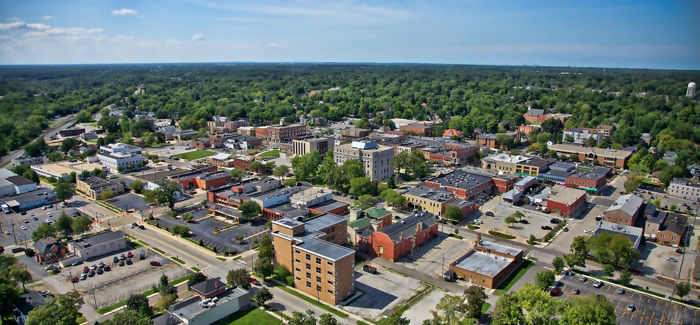
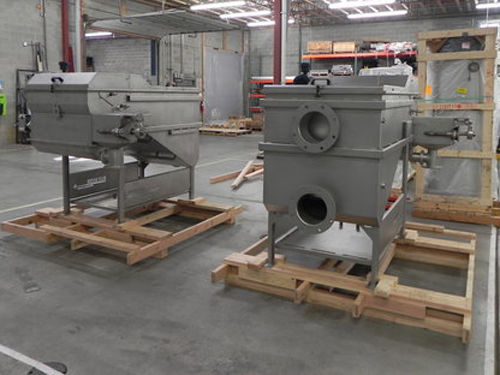
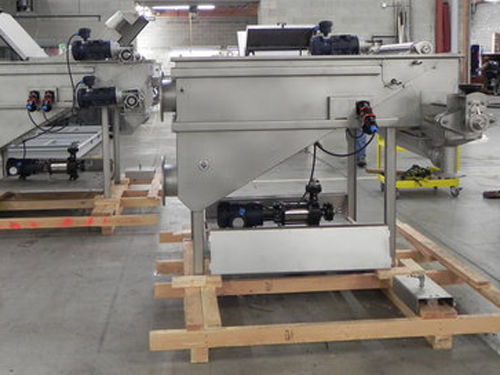
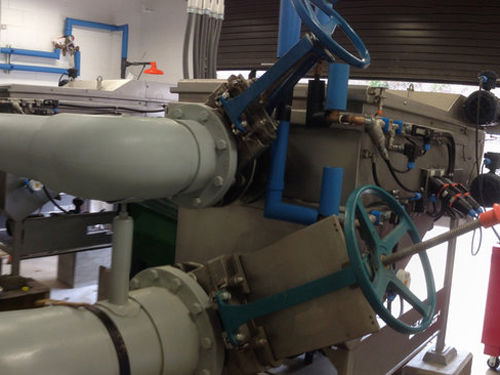
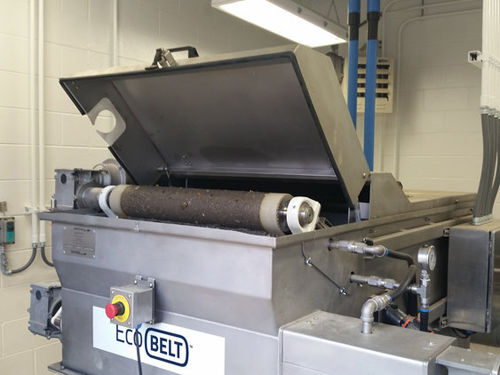
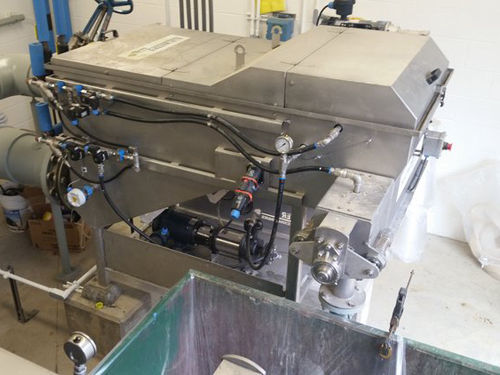
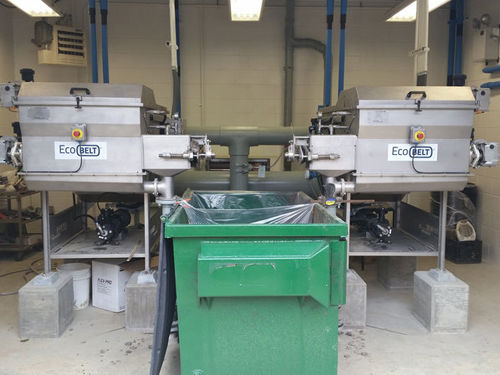
Floating Social Menu and Ribbons
Click the "gear" icon to change the layout of the social bar. This text will be removed on preview/publish.